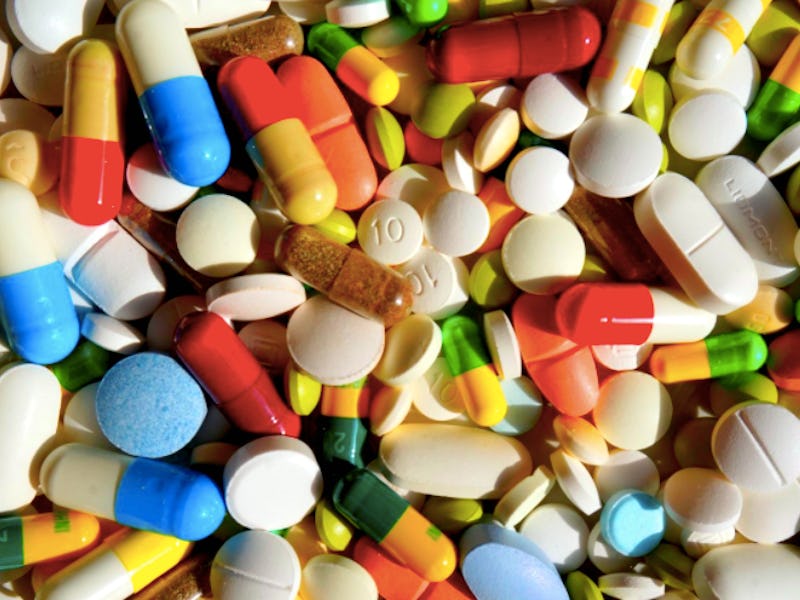After Raising Prices, Drugmakers Can Now Provide Free Drugs to Patients in Need
Will this actually help or hurt patients?

Caring Voice Coalition (CVC), one of the largest patient-assistance charities in the United States, officially announced on Thursday that it would not offer patients financial assistance in 2018, jeopardizing thousands of people’s access to their increasingly expensive prescriptions.
To limit the fallout and prevent thousands from losing their perscriptions, the Office of the Inspector General announced in a letter sent Thursday to Pharmaceutical Research and Manufacturers of America that it would allow drug companies to provide “free drugs during 2018 to Federal health care programs beneficiaries who were receiving cost-sharing support for those drugs from CVC as of November 28, 2017.”
Previously, drug companies were not allowed to provide direct financial assistance to patients who rely on government-funded Medicare drug plans — a group that consists of an estimated 40 million people. To afford skyrocketing prices of pharmaceutical drugs, federal health care recipients have had to rely on “patient-assistance programs” like CVC. While these programs do help patients afford the drugs they need, they have also been widely criticized for perpetuating and exacerbating the overall problem of prescription drug costs.
“Although many patients and physicians view patient-assistance programs as a financial lifeline, Medicare and other payers take a dim view of efforts to subsidize patient’s out of pocket costs,” wrote David Howard, Ph.D., a Emory University professor of health policy and management in a 2014 analysis in The New England Journal of Medicine.
“They worry that patient-assistance programs discourage patients from using generic drugs and other less costly alternatives to new, patent-protected therapies.”
The prices of dozens of pharmaceutical drugs have been raised since last week.
As of 2013, more than 300 drugs were partnered with patient-assistance programs, with manufacturers giving $4 billion annually to the organizations spearheading them. This works out for the companies because the cash funneled into the programs is far less than the money they’re making from selling the drug. Patient-assistance programs, critics say, are advantageous to drug companies because they help them keep their prices high, increase the demand, and look good as a public-relations tool. Without them, there is the possibility that patients would realize they could choose a less expensive medication.
“Economic theory predicts that if patient demand becomes less sensitive to prices, manufacturers of on-patent drugs will respond by setting higher prices,” writes Howard. “Faced with high out-of-pocket costs, some patients may decide against taking an expensive medication.”
This, of course, is not the fault of the patient — it’s more than reasonable to use patient-assistance programs, since they are essentially living out what is sometimes a literal do-or-die situation. But critics of patient-assistance programs are concerned that this sort of financial situation will continue the legacy of costly drugs, rather than spur an overall of how the United States handles its healthcare.
CVC’s status as a patient-assistance program was revoked by the Department of Health and Human Services because officials found the company had too much power over the drug charity, stemming from CVC providing drug companies information about assistance recipients.
With the federal government’s new ruling, companies can now provide drugs for free in 2018 to federally-assisted patients, as long as they comply with certain conditions including the provision that free drugs are provided regardless of the person’s health plan and that the drugs are provided in a uniform and consistent manner.